Alright – so today we’ve got the honor of introducing you to Katrina Pelikan. We think you’ll enjoy our conversation, we’ve shared it below.
Katrina, thanks for joining us, excited to have you contributing your stories and insights. What do you think it takes to be successful?
Success has been a moving target for me as my creative pursuits and interests have changed. When I was a student in design school, I thought success meant landing a lucrative job and moving to a cool city. But because I’ve always had so many interests, my portfolio was never very cohesive and no one wanted to hire me. I knew I was capable of a lot but didn’t seem to fit the mold of what many jobs were looking for. As I got older, I started to realize that many of the people I considered most successful were not actually satisfied in their careers, and that shifted my perspective. The most “impressive” job on my resume is still one of the most miserable experiences I’ve ever had — and the most LinkedIn attention I’ve ever received from peers.
Working in graphic design, artistic research and academia, I’ve held myself to different measures of success that were all ultimately determined by other people. I prioritized merit-based achievements (like awards, grants and residencies) and found myself constantly applying to things and creating work solely for the public eye. I started working all the time because I was worried I’d miss out on some mysterious opportunity. I realized that I needed some separation between work that felt creative and work that enabled me to create.
It’s still a new practice, but I’m trying to reframe success for myself. I’m looking at it as a set of priorities that shift as I enter different seasons of life. Passion is not an unlimited resource — it’s more like a little flame that needs careful tending. These days, I try to ask myself: what would I do if I had no responsibilities today? Whatever version of that desire I can manage, I use it as kindling. Whether it’s walking through my neighborhood, calling a friend, poking around my garden, or flipping through reference books, I’m trying to make more room for quieting my mind. Tending to my own curiosity feels better than waiting for one big break.
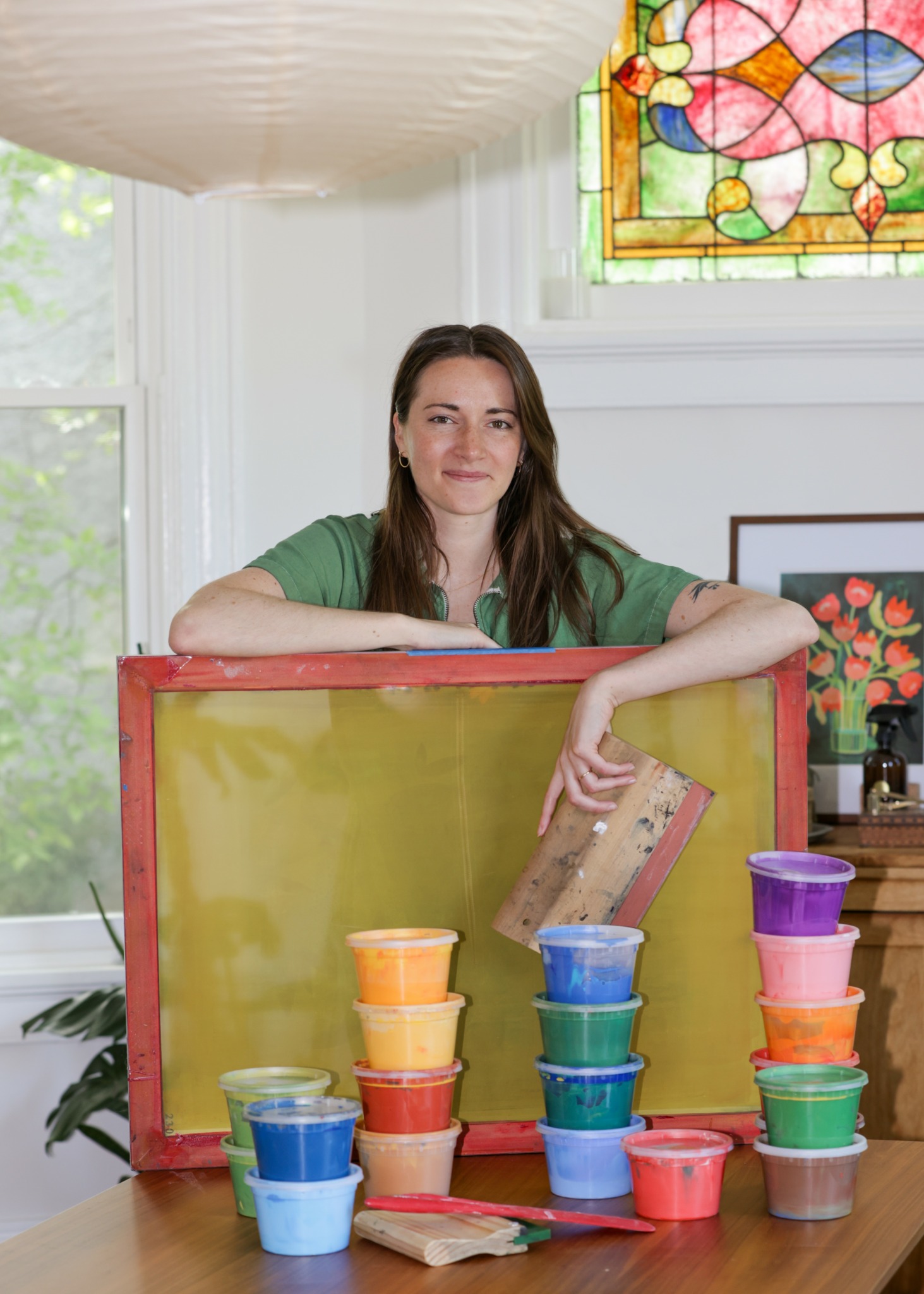
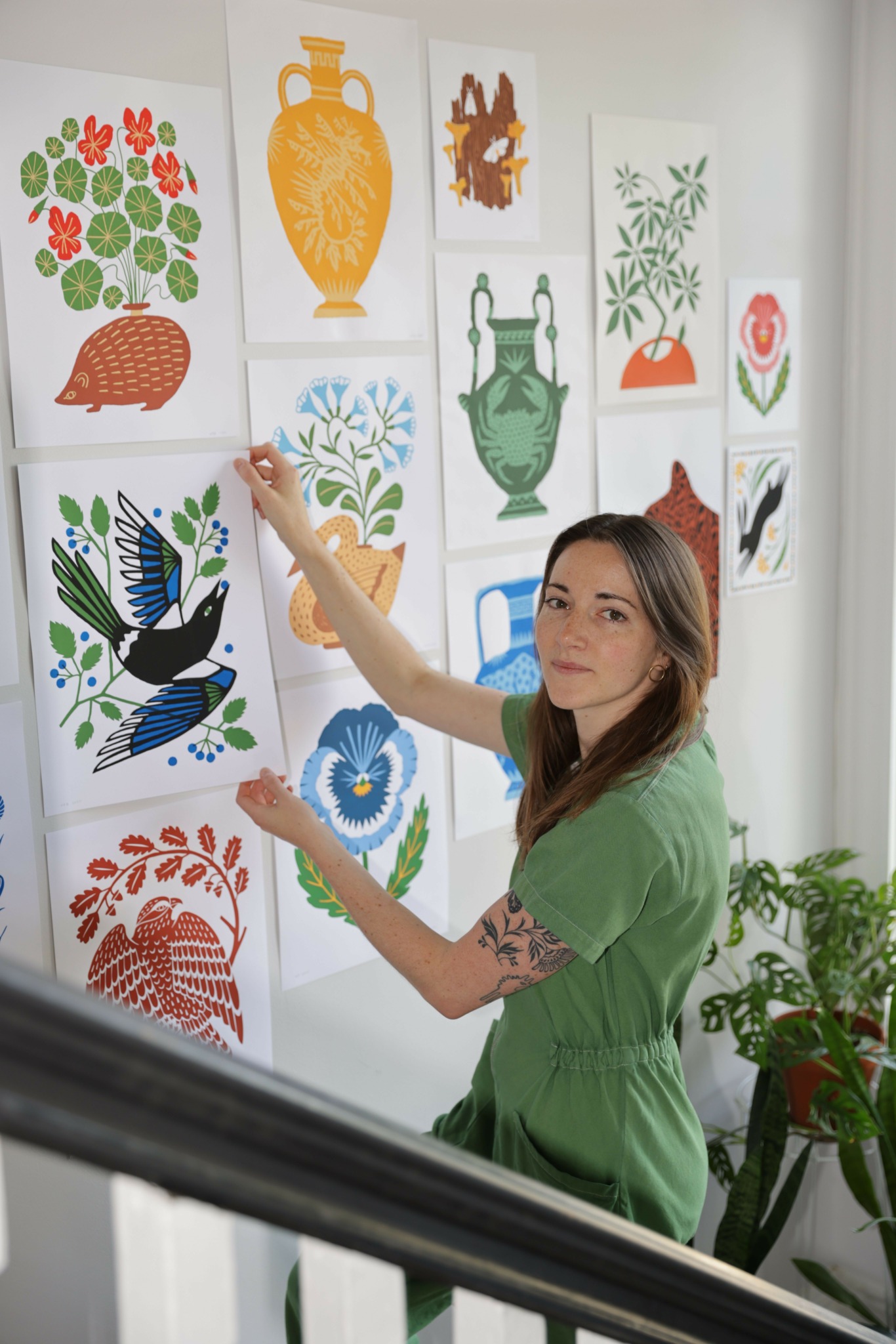
Katrina, love having you share your insights with us. Before we ask you more questions, maybe you can take a moment to introduce yourself to our readers who might have missed our earlier conversations?
I grew up in central Maryland and my childhood revolved around the forest — building forts, gathering honeysuckle, and collecting bits of shiny mica from the riverbed. I didn’t know it at the time, but my parent’s backyard was a protected wildlife area tucked between the busy cities of Baltimore and DC. That environment really shaped my love of nature and later sparked my interest in conservation and stewardship. Drawing was the way I recorded my surroundings — it’s the way I’ve always responded to the world, but also something I separated from my design and academic career. I slowly started to let go of the work I thought I should make and paid more attention to the work I wanted to make.
Pelikan Print Co. began as a way for me to draw more intuitively and build on the craft of printmaking. It’s a celebration of the calmness we seek in nature with undercurrents of the mysteries we’ll never solve. I use bold shapes, rich colors and an almost naive simplicity — capturing the feeling or essence of animals and plants rather than their scientific accuracy. I love hand-mixing colors and playing with the textures and overlays of the screen printing process. My style is informed by ancient pottery, pictorial quilts, medieval tapestries and folk art from my British and Czech ancestry. Something I love about this medium is that each print is unique and made by hand, but producing multiples allows more people to access original artwork.
In addition to silkscreen prints, I offer wearable pieces like embroidered hats and patches. My Dad has an embroidery machine, so we collaborate on the embroidery process together to translate my designs to stitches. I sell my work online, in person at markets and in a few shops around Richmond, Virginia. I’m currently working on building a studio in my backyard so I can experiment more and create work on a much larger scale. My dream is to collaborate with nature organizations on conservation campaigns, and to be able to offer affordable large-scale pieces for people to decorate their homes.
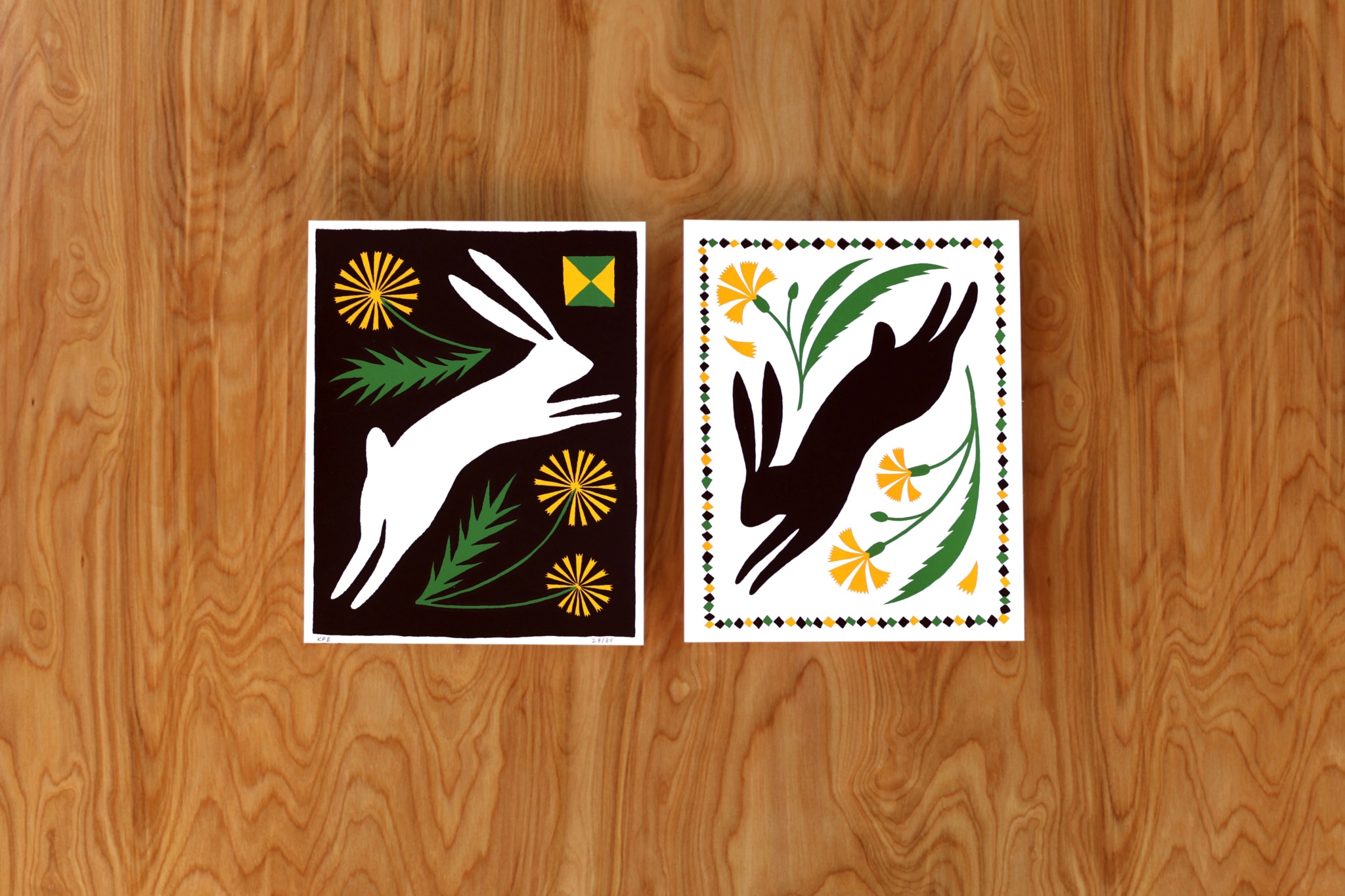

Can you talk to us about how your side-hustle turned into something more.
Since the end of 2024, I’ve been my own boss! Right now, that looks like spending half my time running Pelikan Print Co. and the other half doing freelance graphic design and illustration. Although I’ve always had side hustles since I was a kid, I never considered that I would pursue working for myself seriously. I had a string of bad experiences during college with freelance clients turning sour and refusing to pay me after a project was done. Now I’m very careful about contracts and setting expectations, but as a young designer it was pretty devastating to learn all of those things the hard way, and my confidence took a blow. I was also intimidated by the amount of project management, spreadsheets and advance planning that running a business requires. That’s still a big part of my job (the boring, necessary stuff) but it allows me the creativity and flexibility in my day-to-day that I want to cultivate for years to come.
Pelikan Print Co. started on the sidelines of my first full-time job as an Assistant Art Director at a local magazine. I was learning a lot and had a ton of responsibilities in our two-person art department — and yet, every time we needed a small illustration to round out a story, I begged my boss to let me do it. It surprised me how much I missed drawing when all these other creative cups were full. I started paying for studio access so I could screenprint after work, late into the night. When I shared my prints on Instagram, I was surprised by how many people wanted to buy them.
From selling my prints on Instagram stories, I moved on to an Etsy shop and started to vend at markets around town. It’s funny to reflect on the amount of logistics that were involved in setting up. Every single market has taught me something, and the connections I made at those events allowed me to start selling my work at shops around town. In between those moments I’d also reach out to organizations or businesses I admired to see if they’d want to collaborate. That resulted in a lot of humbling rejections — but I kept going! Sometimes I’d get opportunities that didn’t seem like a good fit, stylistically or otherwise (like someone asking me to make work for free) and I’d say no even though it felt uncomfortable. Those boundaries helped me focus my energy and now I’m starting to work on projects that feel like a natural fit.

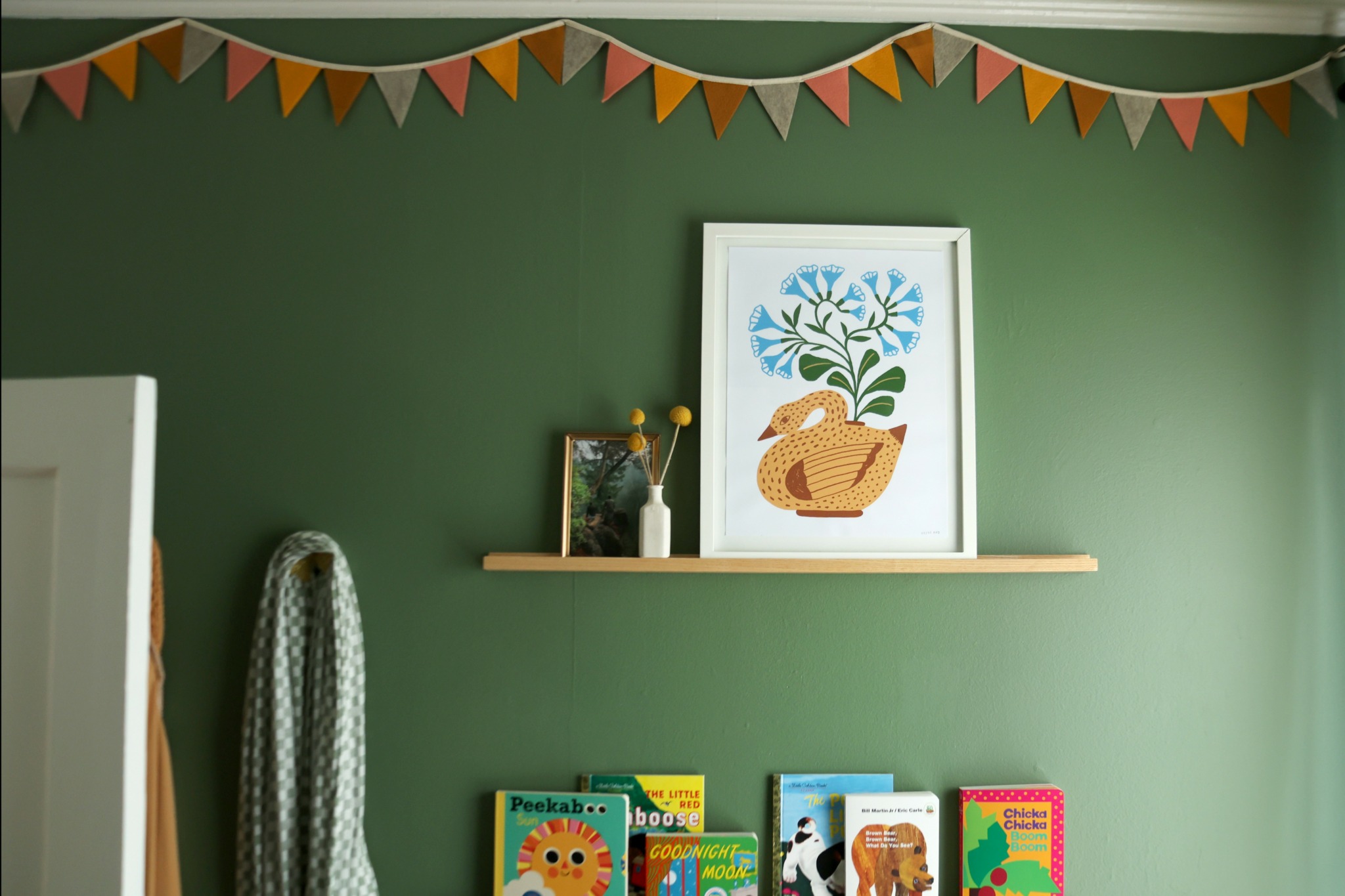
What do you find most rewarding about being a creative?
Due to my brain chemistry, I’m someone who struggles to feel content and I often forget to enjoy things. A creative career is unpredictable, deeply personal, and not particularly financially stable…but it’s also something that necessitates rest. You can’t have output without input. If nature is my main inspiration, it becomes part of my job to spend time outside being slow and mindful and quiet. Printmaking is so deeply enjoyable for me. I spend a lot of time creating things alone, but when I sell my work at markets I get to talk to people who want to decorate their homes or bodies with things I’ve made and that’s really a gift. Investing time into my wellbeing is a business investment, too. Because my work blends into my life I want to use it to uplift the things I care about — community, stewardship, and wonder.
Contact Info:
- Website: https://pelikanprintco.com
- Instagram: https://www.instagram.com/pelikanprintco/
- Facebook: https://www.facebook.com/pelikanprintco
- Linkedin: https://www.linkedin.com/in/katrina-pelikan-baselj/
- Other: https://www.etsy.com/shop/PelikanPrintCo
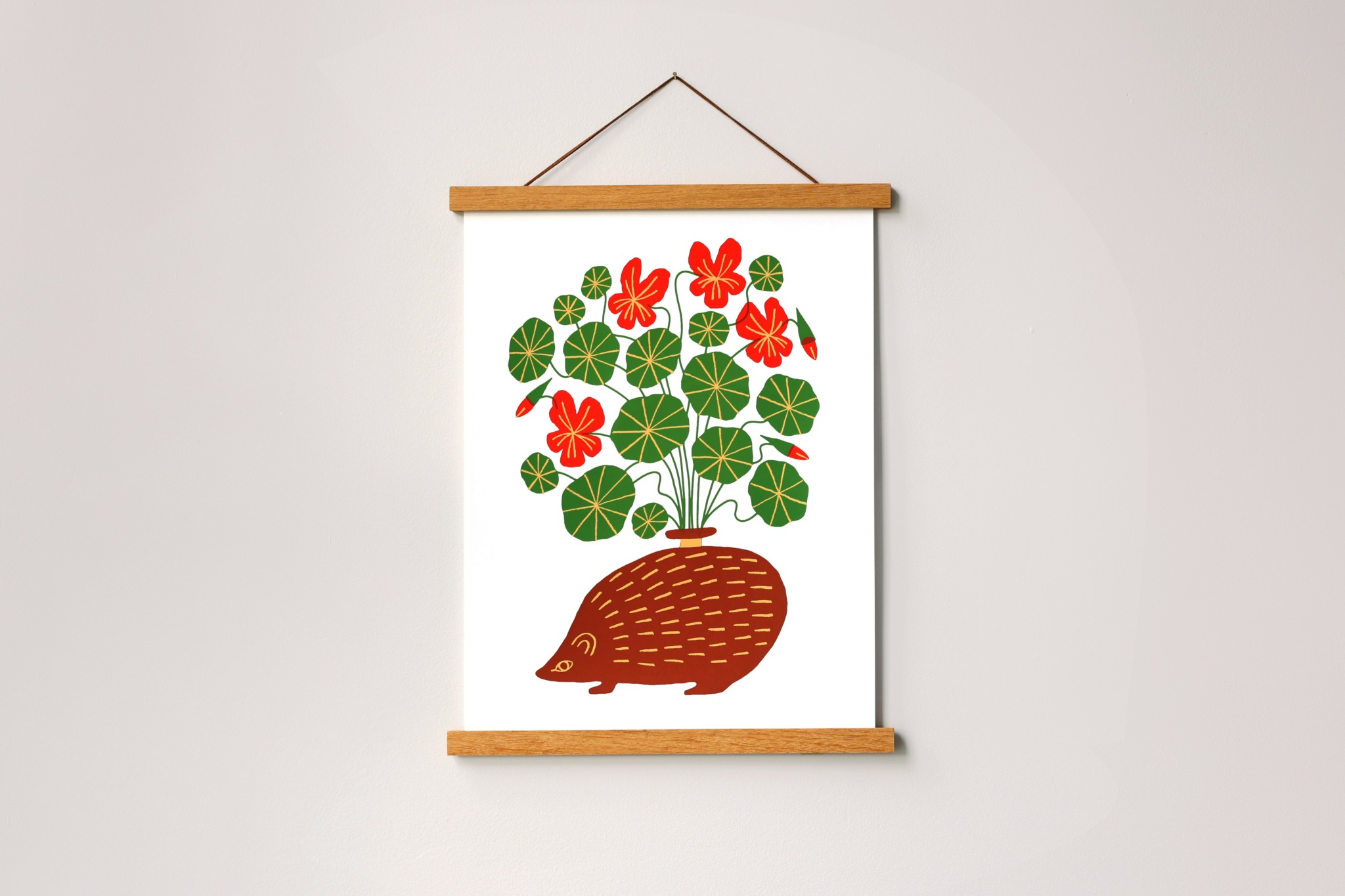
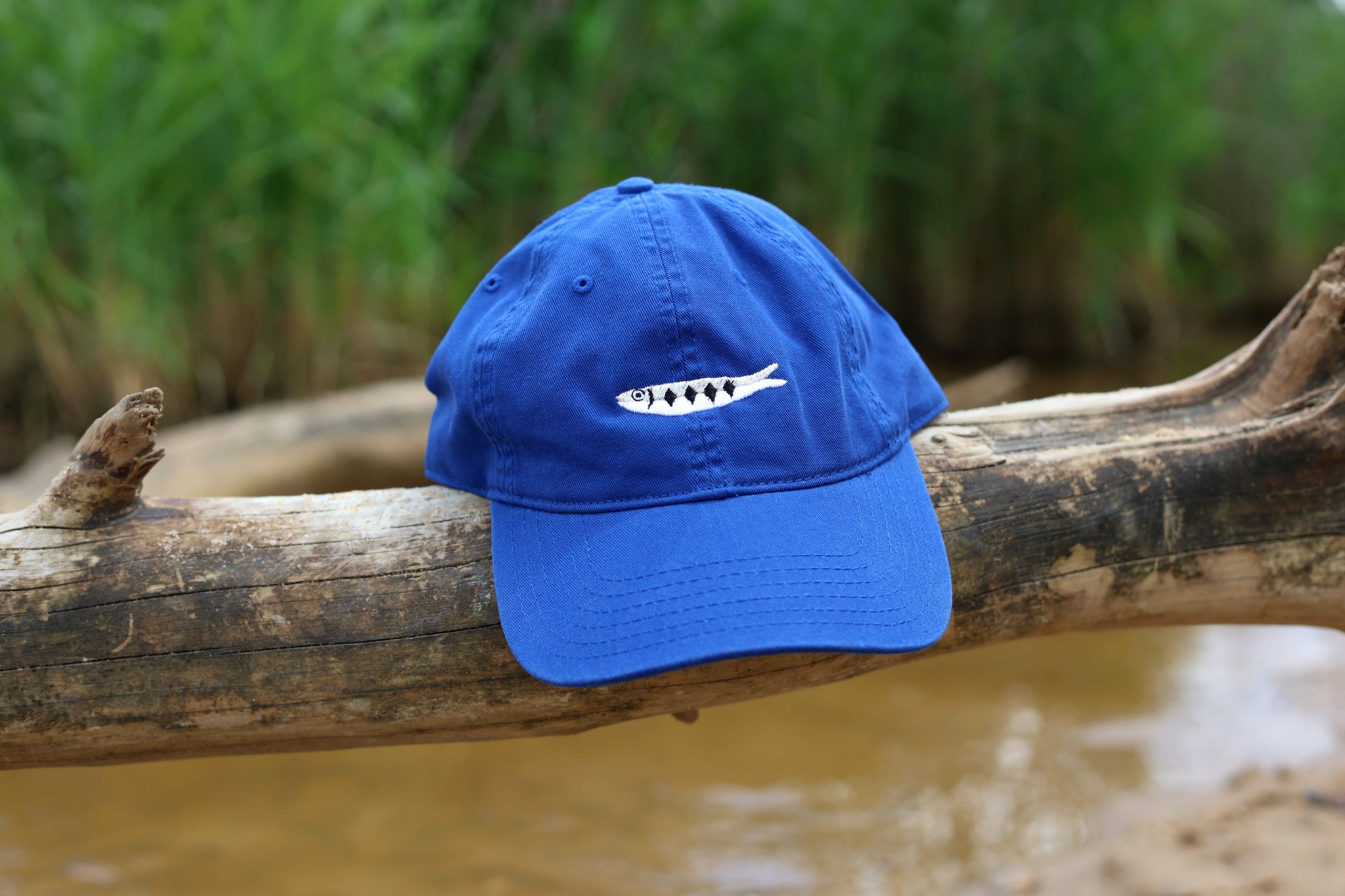
Image Credits
Kylie Heald Photography
Abigail Grey Photography


